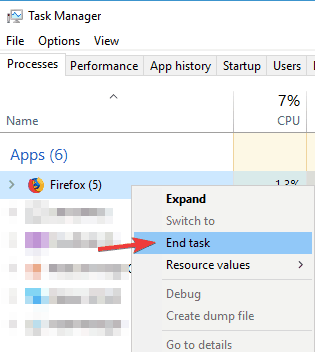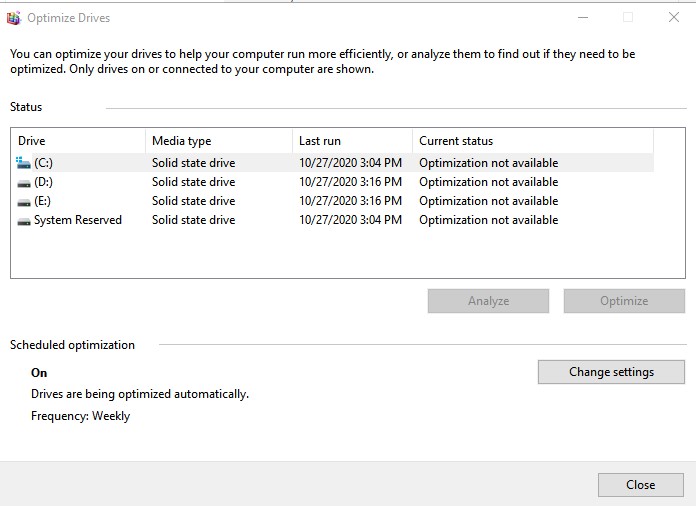


However, even when the operating system can accurately detect the type of storage and handle defragmentation of files automatically, it's not always optimal. Over the years, improvements have been made to the Windows drive optimization tool. The first step in disk optimization is to open the disk's 'Properties' window.In order to minimize slow hard drive performance, Windows 10 (and so Windows 8.1, Windows 7, and previous versions), includes a built-in tool to defragment all fragmented files and help your PC stay at top speeds. Next, select the Properties command from the resulting shortcut menu, which opens the disk's properties sheet (Figure 1). Begin by opening File Explorer and right-click on the disk that you want to defragment. Windows 10 disk optimization is a relatively simple process. Empty space on the drive is also consolidated, thereby helping to make write operations more efficient. The goal is a read process that does not require any unnecessary head movements. These physical movements take time to complete, and the more head movements required, the longer it takes to read or write a file.ĭefragmentation attempts to rearrange storage blocks linearly. When a file is fragmented, the disk heads move to various locations to read all of the file's blocks. The result is a fragmented file.ĭisk fragmentation is a problem because hard disks read and write data by moving mechanical heads across the surface of a disk. If a file is larger than those empty blocks can accommodate, part of the file writes to the empty blocks while the remainder goes to empty storage blocks residing elsewhere on the disk. When a user erases a file, Windows leaves empty storage blocks behind that subsequent write operations will attempt to fill. Files are created and erased while using a Windows computer.


 0 kommentar(er)
0 kommentar(er)
